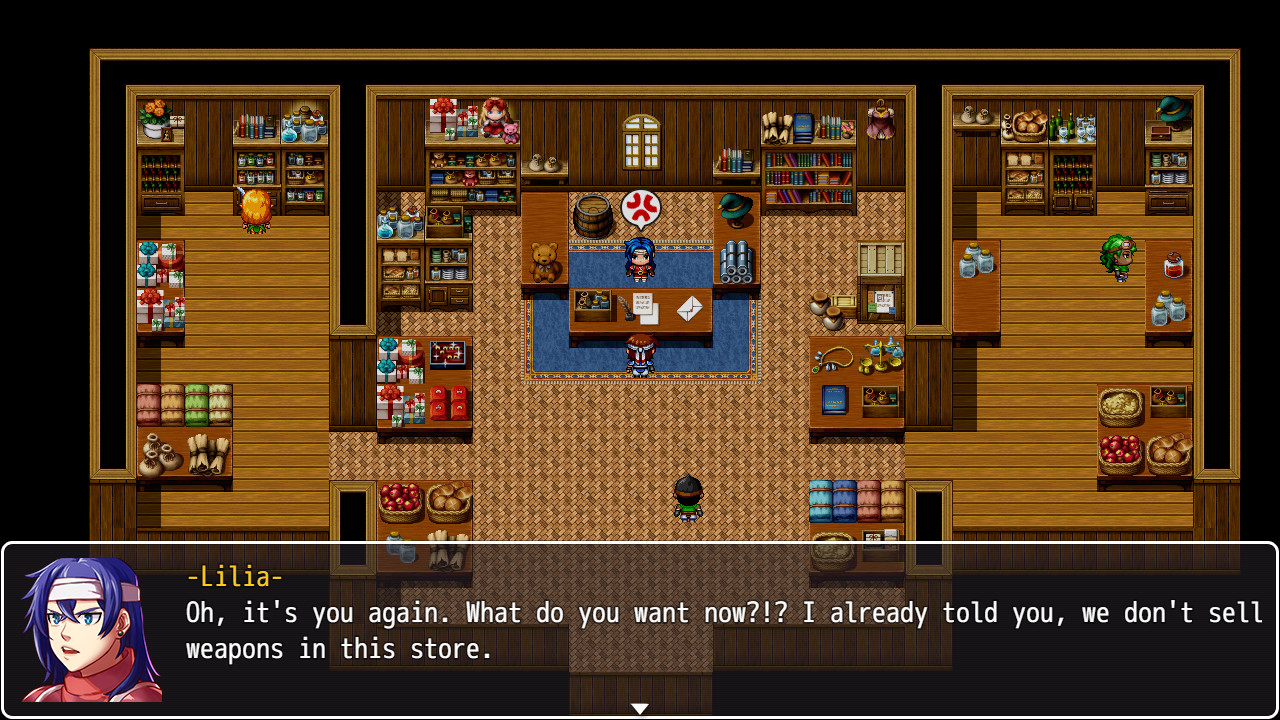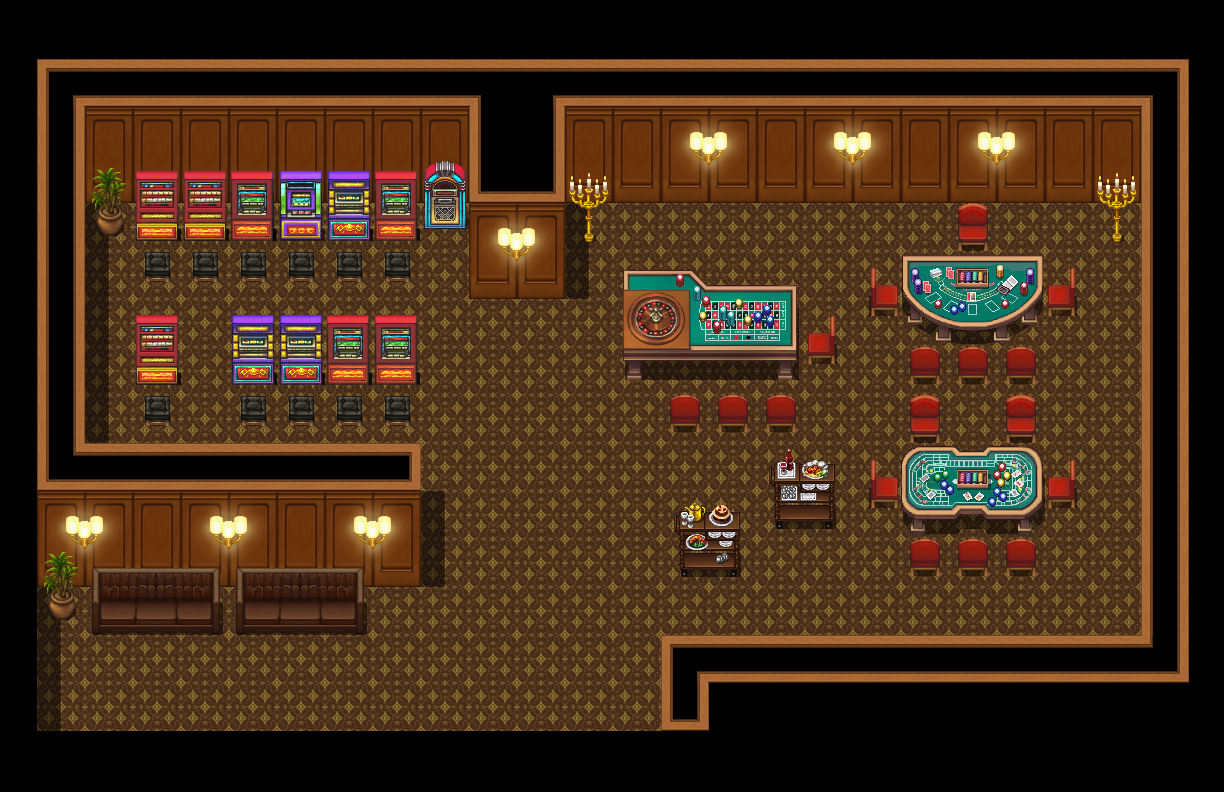


Each tile on the tileset has four flags, one for each edge. On the right is the spot in the editor where the magic happens. In fact, my silly brain can only bring two to mind, one of which is Balmung Cycle by Magi:Īttack of the RTP Ice Cave! On the left is a quick map I knocked together to show this off. Very few RM games make use of this concept in any meaningful way. He can climb up to higher levels or jump down to lower ones. In such a map the hero not only can see the depth of the map, but also interact with it. When a map plays with the third dimension in a way outside of simply adding the visual illusion of depth, it can be said to have elevation. The hero can't actually climb down into the pit, though it might as well be a pile of rocks, or a giant cave mushroom, or, indeed, a jagged blackish-brown unwalkable expanse. The illusion of depth is held in place by a shallow pit in the floor which looks about as deep as the hero is tall, and the vast cascading waterfall plummeting into the depths of the cavern. The same praise and criticisms of the previous two shots apply to this one as well. This cave is probably located inside of a mountain, which is in turn located inside of Beloved Rapture. First up is this shot from Beloved Rapture, by BlindMind: To help illustrate this point, I have picked completely at random three very pretty screenshots from various popular RMN games. Unfortunately it's also where most RM games draw the line the hero's movement is restricted in four directions, and the illusion of depth only exists only to show us where the boundries are to the hero's field of movement. That's the bare minimum that people are accustomed to seeing, playing and designing. Anymore, we expect that much from RPGs, including RPGMaker games. In the second shot it's easier to imagine he's walking around inside of an actual space. In the first screenshot it's hard to visualize the hero doing anything but, well, literally walking towards the edges of the screen. You can see the walls, and therefore approximate how far away the ceiling is. It's because there's a Sense of Place there. It's not just because it's more visually interesting, though it is more visually intresting.

These two maps are functionally identical, but the one on the right is more engaging.


 0 kommentar(er)
0 kommentar(er)
